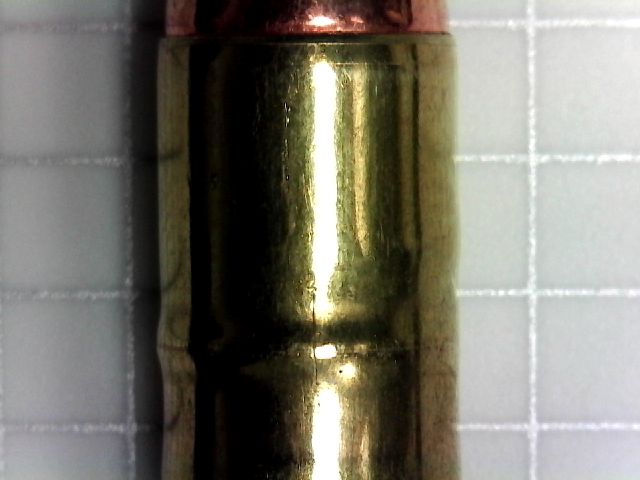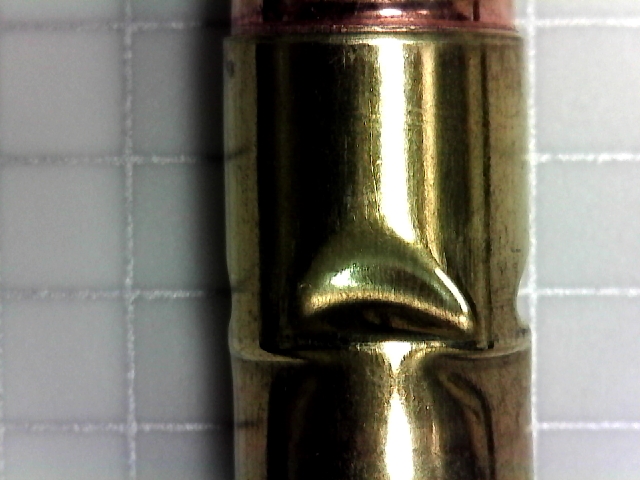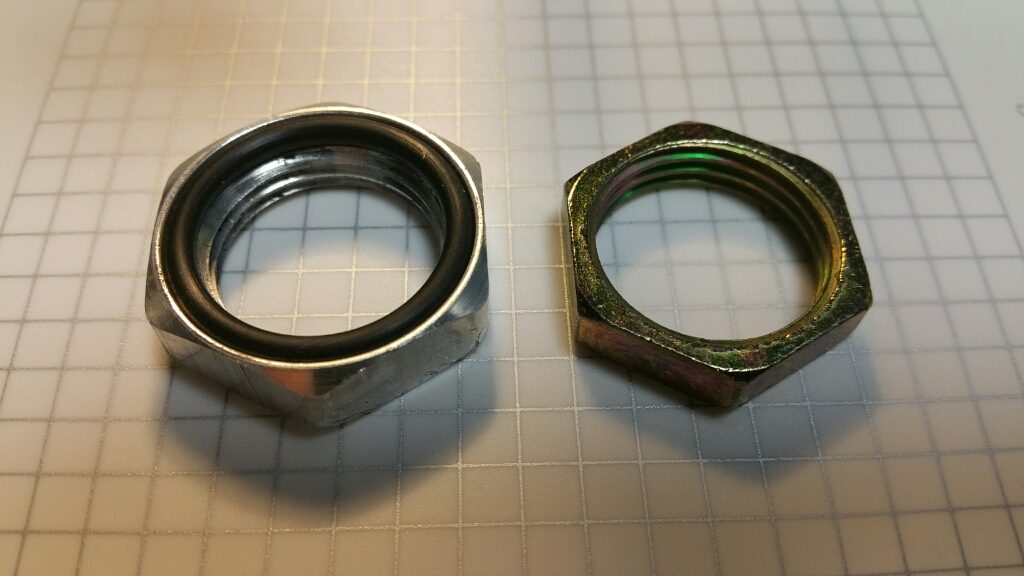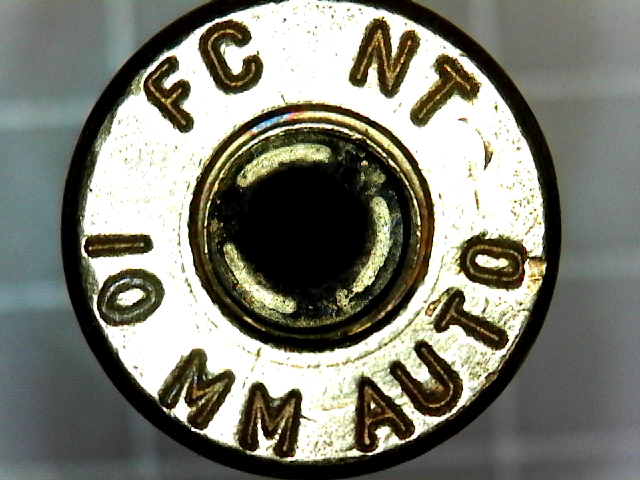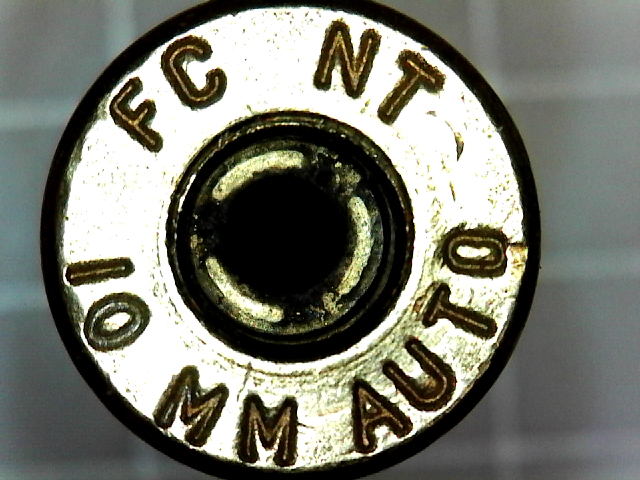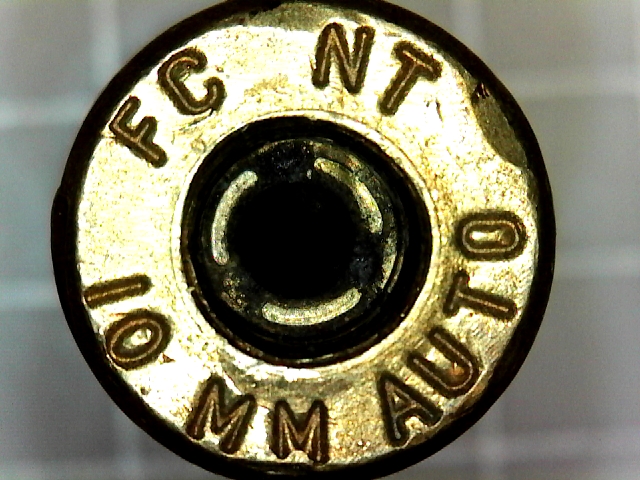Ok, maybe not that high….
Due largely to my difficulties in reaching in to repeaters in the DFW metroplex, I have been looking somewhat into erecting a tower. While my immediate plans are to put a Diamond X300 up on the top of it, having a structure for wire antennae or a tower mounted camera would be nice, too.
The tower itself is expected to be $1500-2000, depending on installed height.
Universal Tower has an aluminum self-supporting tower design that seems to hit all the bullet points. They use a system wherein they design a tower from 30 to 100 feet high, with wind load ratings of 3 to 35 square feet, using modular 10 foot sections of various sizes. They have straight, tapered and top sections in 11, 14, 18, 22, 26 and 30 inch widths. The heavier ratings are shorter towers with wider sections. The straight sections are, duh, a straight section of that width. The tapered section are of that width, but they taper down to the next smaller size at the top. The top sections are finished off like you expect a top section to be, with a conical bit and a place to put a pipe or tubing mast.
I have analyzed the sizes and chosen a starting point of the 9-40 tower, 9 square feet rating, 40 feet high. The entire system consists of a big block of concrete (4 x 4 x 4 feet, which would weigh just short of 5 tons) in the ground with a 22 inch base unit, a 22″ tapered section, an 18″ tapered section, a 14″ tapered section and an 11″ top section. The tower itself is about $1115, not counting the concrete and digging the hole for the anchor.
If 40 feet is not enough, I can add an 18″ straight section between the 22″ tapered and the 18″ tapered for $270, raising the assembly to 50 feet. Continuing, I can add a 14″ straight section for $155 to make the 50 into a 60 and a 22″ straight section for $409 to make the 60 into a 70.
As the height goes up, the wind load rating goes down, 9 square feet, to 7, to 4 and to 3. The 70 foot design is the tallest they allow for the 22″ base. The next size base, 26″, requires a bigger concrete base (4.5 x 4.5 x 5.0 feet) and the 40 foot tower, while rated for 23 square feet wind load, starts just a little cheaper than 22″ 70 foot. Furthermore, the 70 foot tower with the 26″ base only gets 1 more square foot of wind load rating.
I’m guessing a 50 foot tower is likely what I will need to get a better signal into the metroplex. The antenna itself is 10 feet tall and could be mounted on a 10 foot mast at the top of the tower, so the base of the antenna would be at about 58 feet and the top at about 68 feet.
I have a couple of emails out to get quotes on the concrete and the digging. I suspect that digging in our area will hit rock only a little way down, so mechanization is probably going to be a requirement.
There is another variable that I thought wise to check on. The runway at a nearby grass strip airport points pretty much directly at our house. On the fcc.gov website, there is an online tool called TOWAIR wherein you can plug in your coordinates and some details about your proposed tower and it gives a PASS/FAIL on whether your structure needs to be registered with the FAA. It basically calculates the maximum height that a structure can be, based on some rules and specifications. Because this little airport has a runway in excess of 3200 feet and is designated for Public use, a structure within 20,000 feet must fit in a 100:1 glide slope. For every 100 feet farther away, the structure can be 1 foot taller.
When I plug in the coordinates where the tower would be and specify a total height of 70 feet, the tool returns the following failure message: “FAIL SLOPE (100:1) FAA REQ – 0.0 Meters (0.0 Feet) away & exceeds by 11.0 Meters (36.0900 Feet)”
Short version, 70 feet is 36.09 feet too high.
Now I am almost certain this does not mean that the tower would be prohibited, only that it must be registered. Further, it may need to be painted or lighted. I have much research to conduct.
By easter-egging various figures, I was able to determine that a height of 32 feet 9 inches would not need registration. Also, although it would be fairly impractical, moving the tower to the farthest point away from the airport and still on our property is not far enough away to change the permitted height.
While I was snooping around with antenna heights and locations, I punched in the numbers for an 80′ tower on a property not too far away. It is far enough away to clear the requirements with 9.8 feet to spare.
